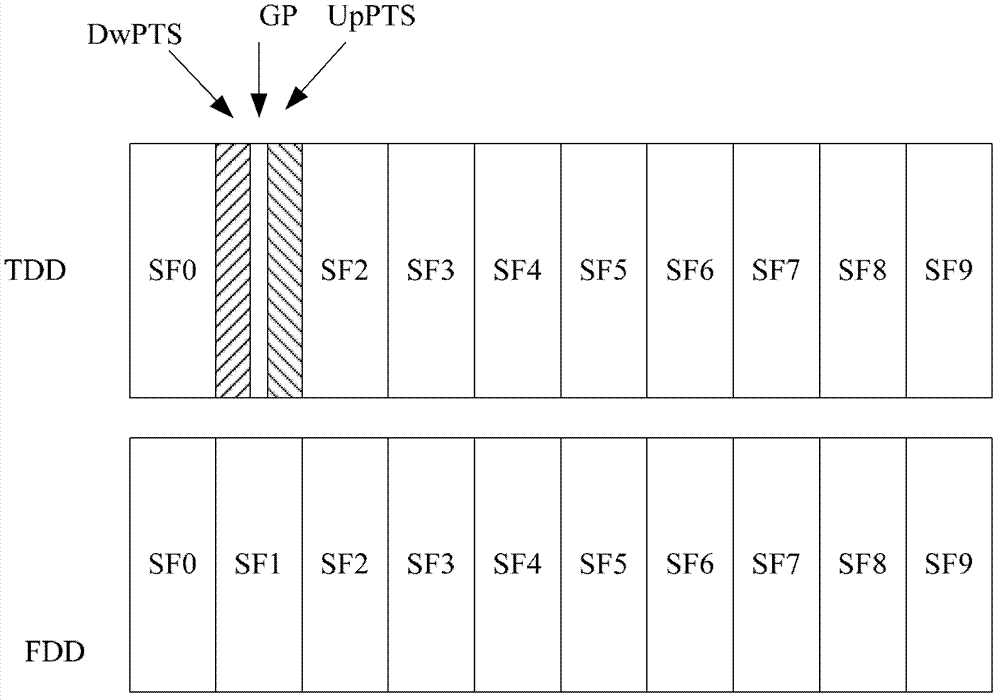Method for decoding tail biting convolution codes of PBCH (physical broadcast channel) decoding in LTE (long term evolution)
A tail-biting convolutional code and decoding technology, which is applied in the field of mobile communication, can solve the problems of resource consumption and large amount of calculation, and achieve the effects of simplifying the method and structure, shortening the decoding time of PBCH, and saving the implementation complexity
- Summary
- Abstract
- Description
- Claims
- Application Information
AI Technical Summary
Problems solved by technology
Method used
Image
Examples
Embodiment Construction
[0022] refer to Figure 5 As shown, the PBCH demodulation and descrambling module stores the log likelihood ratio LLR in the LLR memory, which is denoted as LLR k (k=0, 1, . . . , K-1). Since PBCH can be decoded separately for each radio frame, in the case of normal CP, the value of K may be 480, 960, 1440 or 1920; in the case of extended CP, the value of K may be 432, 864, 1296 or 1728 .
[0023] The PBCH rate matching algorithm uses repetition operations to repeat 120 data before rate matching into 480, 960, 1440 or 1920 (432, 864, 1296 or 1728 in the case of Extended CP) data. Therefore, it is only necessary to record the address correspondence of 120 data sub-blocks before and after interleaving, and the location of a certain data after sub-block interleaving and rate matching before sub-block interleaving can be obtained. Table 1 shows the positions of the 120 bits encoded by the tail-biting convolutional code after sub-block interleaving. Among them, the first column...
PUM
 Login to View More
Login to View More Abstract
Description
Claims
Application Information
 Login to View More
Login to View More - R&D
- Intellectual Property
- Life Sciences
- Materials
- Tech Scout
- Unparalleled Data Quality
- Higher Quality Content
- 60% Fewer Hallucinations
Browse by: Latest US Patents, China's latest patents, Technical Efficacy Thesaurus, Application Domain, Technology Topic, Popular Technical Reports.
© 2025 PatSnap. All rights reserved.Legal|Privacy policy|Modern Slavery Act Transparency Statement|Sitemap|About US| Contact US: help@patsnap.com



